Bonsai Weeping Willow For Sale – As more people embrace the idea that everything has value, second-hand goods will continue to be a central part of the way
Quality goods for sale have always held a special place in markets around the world, captivating consumers with their promise of durability, performance, and timeless appeal. Once a suitable business has been identified, the buyer usually begins the due diligence process, which involves reviewing all relevant documents, financial records, and contracts. The rise of online platforms has transformed the way second-hand goods are bought and sold. This leads to the accumulation of waste that ends up in landfills, contributing to pollution and the depletion of valuable resources. In a world dominated by fast fashion, disposable electronics, and mass-produced items, many people are beginning to question the value of constantly purchasing new products. Whether it’s a rare collectible, a discontinued item, or a vintage piece of clothing, online platforms offer a global marketplace where buyers and sellers can connect over products that may not be easily found elsewhere. In recent years, the market for businesses for sale has been affected by several global and local economic factors. Therapists offer their services for a fee, and online courses promise to give us the knowledge we need to succeed — all in exchange for money. The materials used, whether it’s hardwood, durable fabrics, or premium upholstery, are chosen for their longevity and aesthetic appeal. A house can be bought, a car can be sold, a watch can be pawned. With the rise of e-commerce, the accessibility of quality goods for sale has expanded exponentially. For the seller, the goal is often to maximize the value of the business, while for the buyer, the focus is on ensuring that the investment is sound and that the business can continue to thrive under new ownership. This connection between consumers and the creators of quality goods is something that’s been fostered for centuries. While buying and selling second-hand items can come with its challenges, the rewards—both financially and environmentally—make it a worthwhile pursuit for many people. A blacksmith might craft a sword, a tailor might stitch a suit, and a potter might mold a vase. Unlike mass-produced items that may become outdated or fall apart with minimal use, quality products are designed to endure. In many cases, sellers may work with business brokers, financial advisors, or accountants to help value the business and identify potential buyers. While there are certainly markets where affordable goods are a necessity, quality goods for sale often come with a premium price tag. In the end, the real challenge is to navigate this world — to understand the forces of commerce that shape our lives, while holding onto those things that remain beyond the reach of money. When we begin to view everything through the lens of commerce, it’s easy to lose sight of the things that make life worth living — the moments that aren’t for sale, the experiences that can’t be bought.
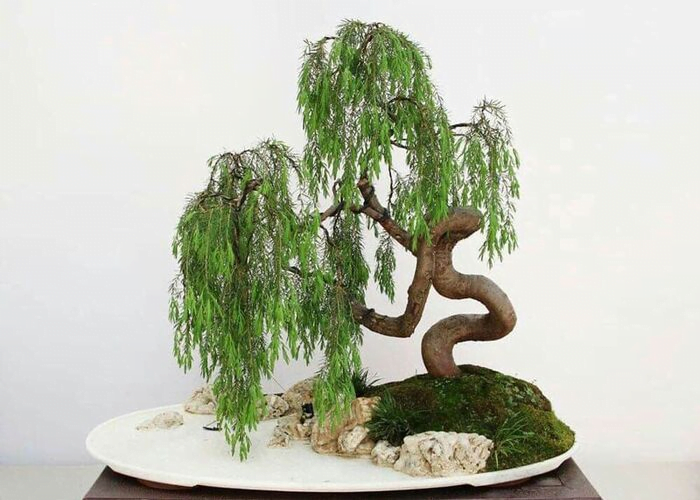
Weeping Willow Bonsai
Bonsai treesbonsai toolsbonsai community eventseucalyptus
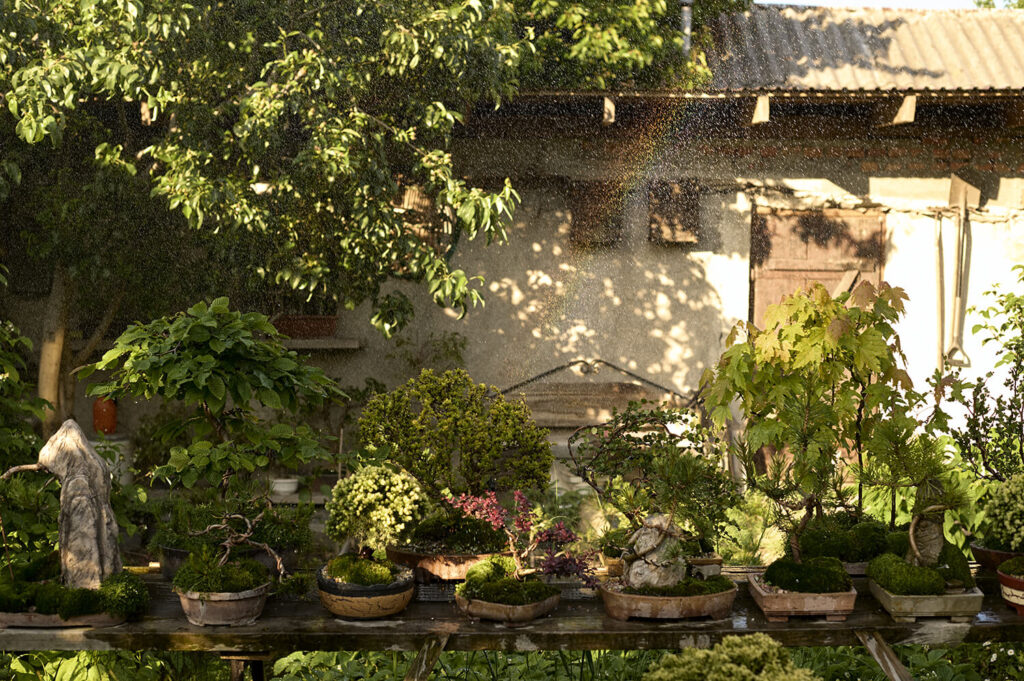
The Complete Weeping Willow Bonsai Care Guide Hooked on Bonsai
Bonsai treesbonsai toolsbonsai community eventseucalyptus
Amazing Bonsai Dwarf Weeping Willow Tree of all time Don t miss out
Bonsai treesbonsai toolsbonsai community eventseucalyptus
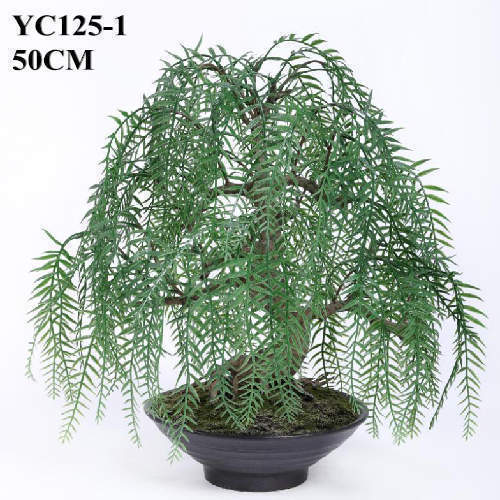
Artificial Weeping Willow Bonsai, 50 CM Sharetrade
Bonsai treesbonsai toolsbonsai community eventseucalyptus
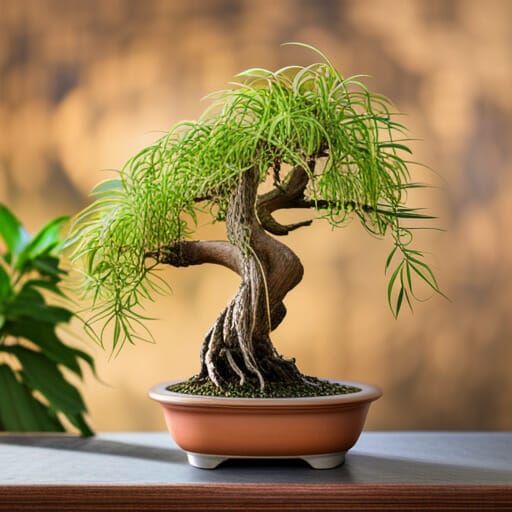
Weeping Willow Bonsai Tips For Care And Propagation Care Bonsai
Bonsai treesbonsai toolsbonsai community eventseucalyptus

How to Care for Your Weeping Willow Bonsai Bonsai Resource Center
Bonsai treesbonsai toolsbonsai community eventseucalyptus

Weeping Willow Bonsai
Bonsai treesbonsai toolsbonsai community eventseucalyptus

The Weeping Willow Bonsai Is Extremely Popular Bonsai Mary
Bonsai treesbonsai toolsbonsai community eventseucalyptus

Weeping Willow Bonsai (Salix spp.) Ultimate Care Guide
Bonsai treesbonsai toolsbonsai community eventseucalyptus
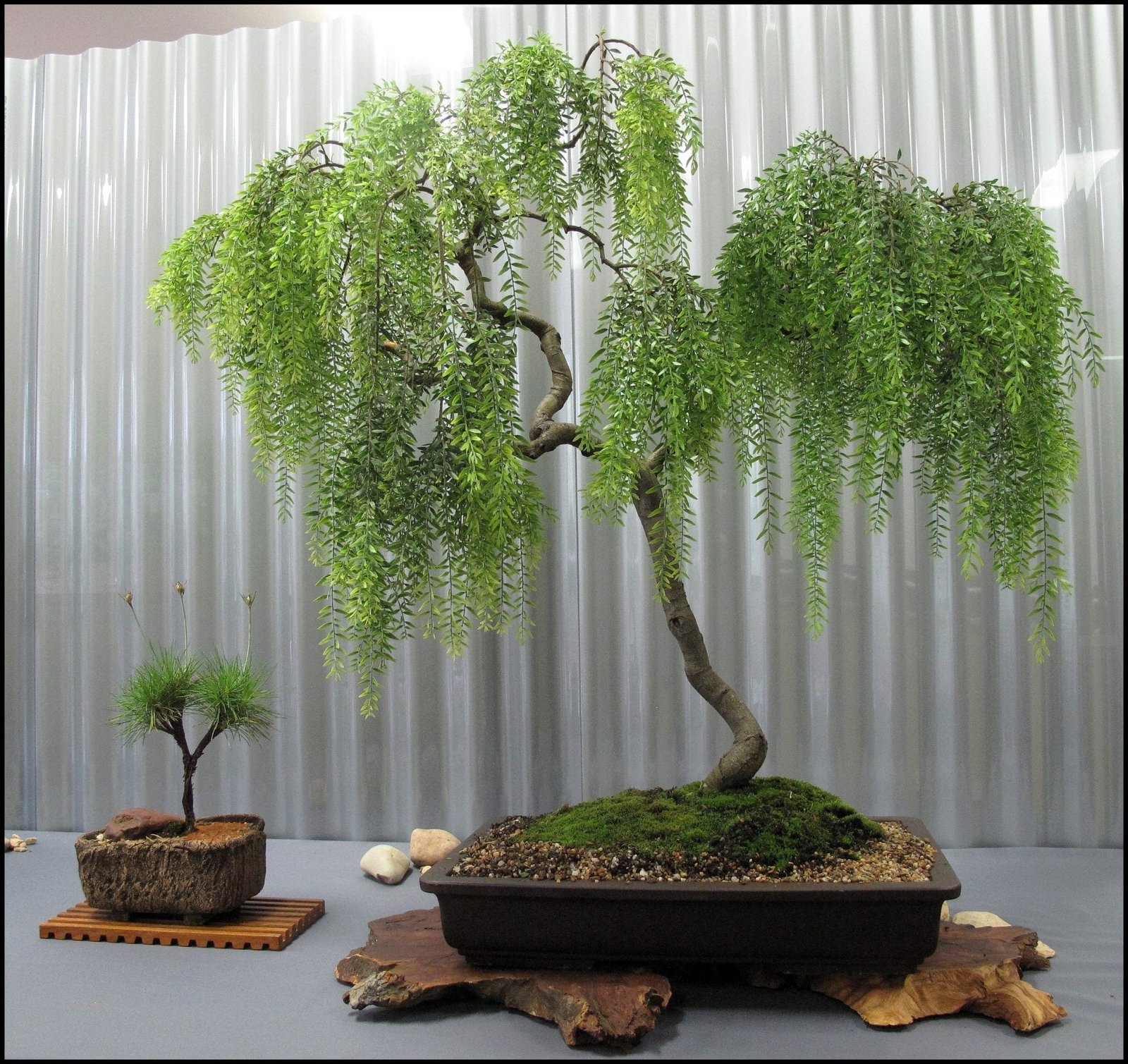
Weeping Willow Bonsai Trees
Bonsai treesbonsai toolsbonsai community eventseucalyptus
A well-maintained, quality leather jacket may last a lifetime, whereas a low-cost alternative might only hold up for a couple of seasons. This practice is an essential aspect of sustainability, as it helps conserve resources and reduces the amount of waste sent to landfills. This sense of connection can also extend to the broader culture of quality goods, where consumers and creators share a commitment to excellence and a desire to preserve the craft and tradition behind these products. Second-hand markets also promote the idea of a circular economy, an economic system that focuses on reducing waste and reusing products. These platforms often provide tools that help streamline the due diligence process, including access to financial documents, business valuations, and other relevant data. But what about the intangible things? Can memories be bought? Can feelings, emotions, or connections be traded? In a sense, many people would argue that in today’s world, even the intangible is up for grabs. An item’s worth can be subjective, influenced by the desires, needs, and circumstances of both the seller and the buyer. For fashion-conscious individuals, buying second-hand is a way to express their personal style while also supporting sustainable practices. Yet, even within this system, there is room for hope. Self-help books and motivational speakers promise to sell us the tools to fix ourselves, to buy into a better version of who we could be. The rise of online platforms has transformed the way second-hand goods are bought and sold. The idea that everything is for sale works to perpetuate inequality, as those with the most resources can continue to amass power and wealth, while others are left to scramble for what little they can get. It’s a small but significant way to make a positive impact on the planet, especially when one considers the volume of waste generated by fast fashion, electronic waste, and disposable goods. For those who are passionate about antiques, art, and memorabilia, the second-hand market offers endless possibilities for finding unique and valuable items that can be passed down through generations or added to a collection. In the realm of real estate, for instance, selling a house is often an emotional and logistical challenge. It carries with it a deep sense of commodification — the idea that every part of our lives, every piece of our history, every corner of our existence, has a price attached to it. Whether it’s an item, a service, or even a person, the act of being “for sale” represents a moment of transition, a shift from one stage of life to another. Whether buying vintage clothing, upcycled furniture, or pre-owned electronics, the growing popularity of second-hand shopping reflects a broader desire for more sustainable, creative, and conscious ways of living. Even in a marketplace where everything is commodified, there is still room for those moments and experiences that transcend value. There is also a growing trend of upcycling and repurposing second-hand goods, where items that may no longer serve their original purpose are transformed into something new and useful.
However, it’s also important to recognize the darker side of this freedom. These goods, ranging from clothing to furniture, electronics to books, offer people the chance to find items they need or want at a fraction of the cost of new products. The artist who created it may have one understanding of its worth, while a collector may see it as a valuable investment, and a casual admirer might simply appreciate its beauty without considering its monetary value. Once a suitable business has been identified, the buyer usually begins the due diligence process, which involves reviewing all relevant documents, financial records, and contracts. When a person creates something, they are offering a piece of themselves to the world, not for sale, but as a gift. But the price of quality goods can often be a barrier for many. Workers are often paid meager wages for their labor, while corporations amass wealth. In some cases, selling second-hand items can be a way to make a significant profit, especially if the items are rare, vintage, or in high demand. In the world of quality goods for sale, there is also an inherent sense of value in the stories behind them. Thrift stores, consignment shops, and online marketplaces like eBay and Poshmark provide a platform for people to sell or buy pre-owned high-quality goods. It may have been passed down, carefully preserved, and lovingly maintained. These platforms allow users to browse listings, communicate with sellers, and make purchases from the comfort of their own homes. But the financial aspect is only one part of the equation. The growing interest in second-hand goods can also be attributed to shifting cultural attitudes toward consumption. But is this a reflection of reality? Or is it an illusion we’ve created, an idea we’ve accepted in order to make sense of a world that increasingly revolves around consumption and profit?
At the core of this idea lies the assumption that everything, no matter how unique or rare, can be exchanged. The concept of quality, however, is not a one-size-fits-all. Additionally, second-hand furniture allows buyers to find unique items that may not be available in traditional furniture stores. The longer something is used, the less likely it is to contribute to the growing problem of waste. Another aspect that contributes to the appeal of quality goods for sale is the level of detail and attention given to the design. While the sale of a business can provide a valuable opportunity for both parties involved, it also carries risks.